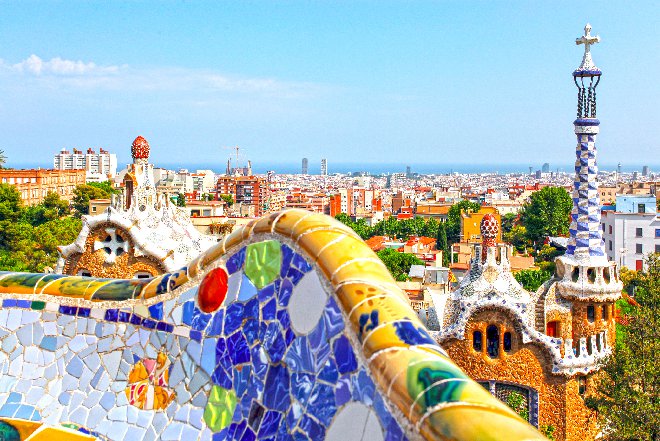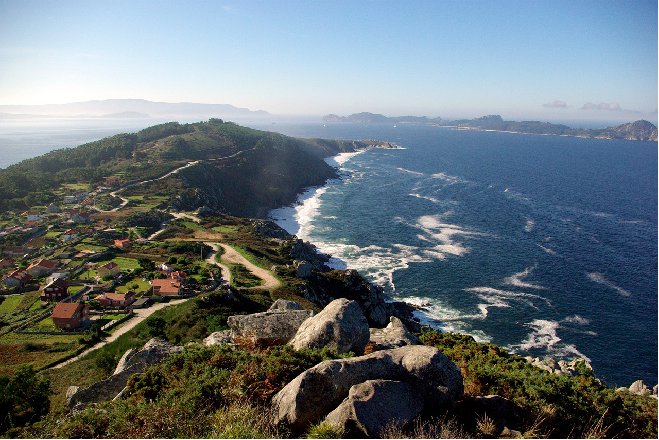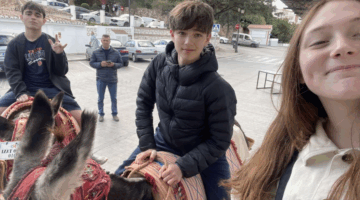A Guide to Understanding Spain’s Linguistic Diversity

When you think of Spain what comes to mind, A bullfight? Paella? Siesta? While these stereotypes are certainly true in some areas, these concepts are just as foreign to some Spanish regions as they are to us. If you travel away from the capital city of Madrid, you will find that the country is made up of many different languages and customs.
During the dictatorship of Franco, many of the regional languages were repressed to increase Spanish nationalism and to establish the idea of Spain being one country. However, with the rise of democracy, these regional languages have flourished again. While there are over a dozen regional languages and dialects spoken across the country, Catalan, Euskara(Basque) and Galician are the languages most commonly heard following Castilian.
Catalan

Catalan is spoken by more than 7 million people in Spain. As a Latin-based language, you will see and hear many similarities to Spanish and French. Typically, those who speak Catalan are from the regions of Catalonia, Valencia or the Balearic Islands. While almost everyone in these communities speaks Castilian, you will find that street signs are written in Catalan and hear locals use it more frequently than traditional Spanish.
The areas in which Catalan are spoken share much more than a common language. Traditional dishes typically include a mix of seafood, as all the cities in which Catalan is spoken are located by the sea. In the most populous cities, you can find yourself caught in the middle of a parade or celebration with extravagant costumes and fire shows.
Euskara

The Basque Country is the north-central region of Spain where over 1 million residents speak Euskara. The Euskara language does not have ties to Latin, and is believed to have originated from Nordic countries and is said to be one of the oldest languages in the world.
The most popular cities to visit in the Basque Country are Bilbao and San Sebastian. In these cities, you will find some of the best restaurants in the world. The cuisine of the Basque Country is a mixture of meats and seafood, as the region is wedged between mountains and ocean. In addition to the different cuisine in the Basque Country, the art and architecture in the cities are other elements which set the Basque Country apart from the rest of Spain. Visit the Basque Country to see for yourself!
Galician

Galician is spoken in the western-most part of Spain located just north of Portugal. Roughly 3 million people speak Galician both in the Galician region and in areas of South America.
The most notable difference in the Galician region is that much of its customs are heavily influenced by Celtic traditions. Many of the typical dishes, festivals, and music can be linked to Northern Britain, Scotland and Ireland. Like many Celtic cities, religion has played a huge role in Galicia. Festivals are common occurrences where Saints and other religious figures are celebrated through parades and firework shows. If you plan to visit Galicia, be sure to attend one of the many festivals to get a sense of what the Galician culture really is.
If you’re interested in experiencing the rich diversity the country has to offer, check out an itinerary for an educational tour of Spain!










I just came from a Teacher’s Conference in Barcelona. Besides the nice experience with the A.C.I.S staff and teachers, I am still in owe of meeting Senor Pedro (Richard Gere). Senor Pedro was one more of the crowd, down to Earth, humble, funny and accessible to all of us. How nice Mr. Peter, I have never seen that in any of the other companies that I have traveled with. Muchas gracias for an awesome time in Barcelona. God bless you always!